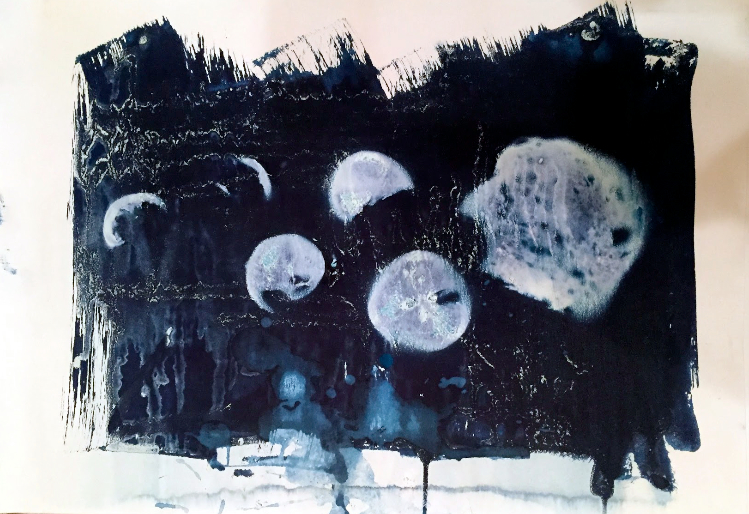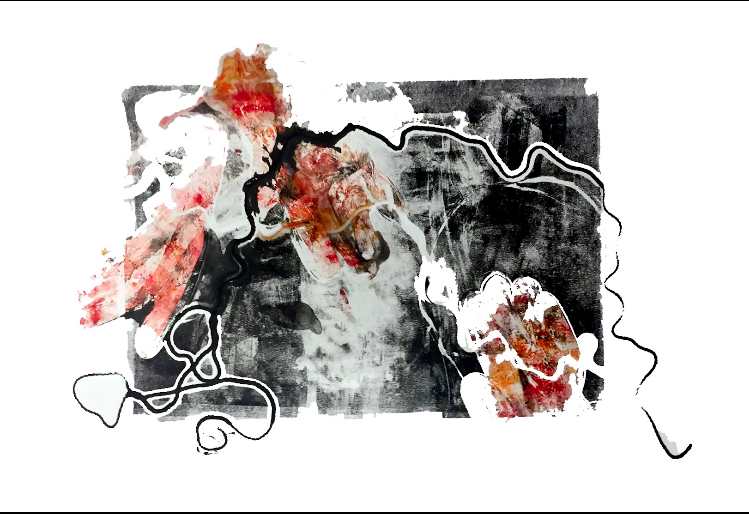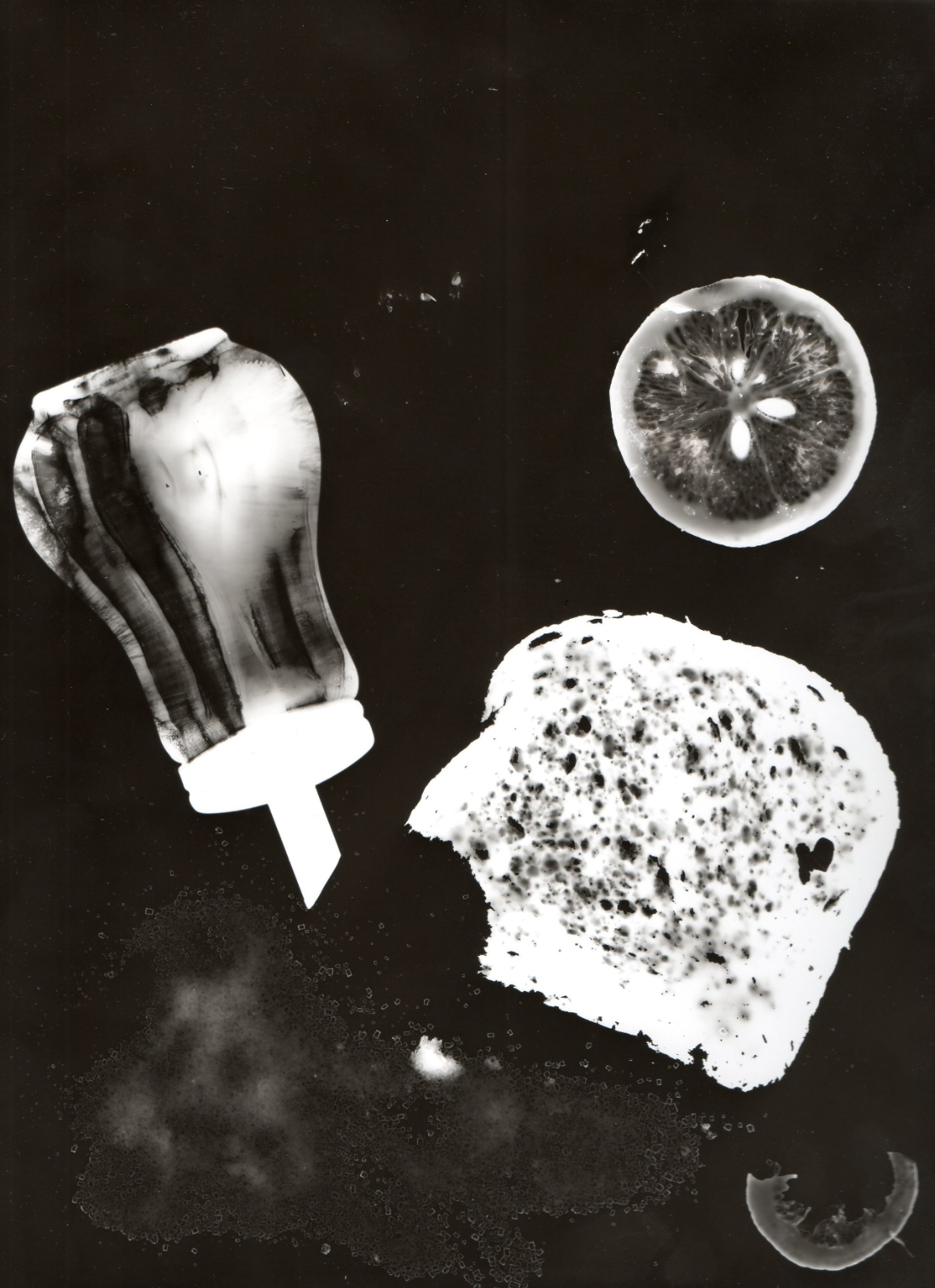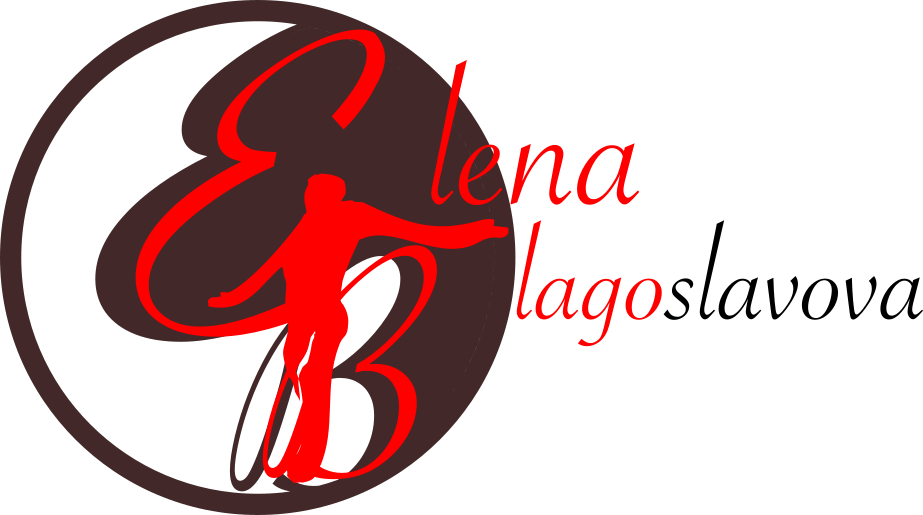Man Ray returns after the 2020s
Ingres Violin
Here we will talk about our weaknesses and hobbies that distract us from the main thing and prevent us from completely surrendering to our vocation. Most artists are always in a state of choice – whether to create great works, to do what is really interesting and inspiring, or to earn their living. Reading about the great masters of their craft, at first, you would think everything turned out just like that. And then, having learned about them in more detail, you notice a similarity with your thoughts and experiences.

American artist Man Ray was a creative chameleon whose long career was characterized by innovative experimentation and constant self-study. He was an artist, photographer, sculptor, filmmaker, and poet, although he always just called himself an artist.

In 1915, after an unsuccessful solo exhibition, Man Ray bought a camera to take photos of his creations. It was his photographs that brought him worldwide recognition. Man Ray created a kind of photogram which he called rayographs. Unlike a photograph, which can be repeated many times with one negative, each rayograph is unique and exists as a single copy.

About Man Ray work
Man Ray never took his pictures seriously, in his youth photography was a way of earning money, then it became an outlet, a means of switching attention from painting to sculpture. He said that he only photographed what was not interesting to draw.
It must be said that Man Ray always admired Jean Auguste Ingres, the French painter of the first half of the 19th century, who, in turn, was fond of playing the violin. He performed with prestigious French orchestras. Hence the French phraseologism “Ingres violin”, that is, a kind of “weakness”, “unprofessional hobby.”
ElenaBlagos
“In dreams of black bread and Ingres violin”
Glossy Photo Paper
30×24 cm. 2017
Photogram series of works dedicated to Man Ray. Rethinking weak, unprofessional hobbies, habits that distract from the main thing.
The ambiguity in which the modernity of the appeal to photography as a method of survival Veiled corporeality and materiality, as an allegory of the artist’s second nature, his Alterego.
